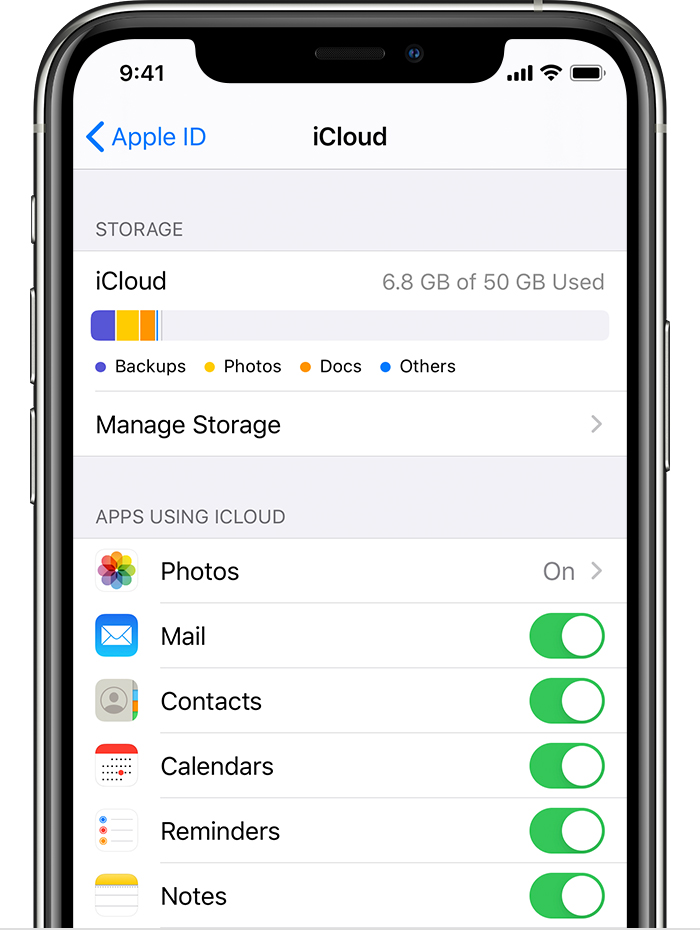For most Android and iPhone users, the most interesting announcement that came out of Google I/O last week was Google Photos. The cloud service side of Google Photos was carved out of the Google+ Photos component. Google also released free apps for Android and Apple iOS (iPhone and iPad) to automatically upload photos from mobile devices as well as display and manage photos. Note that the Photos component for Google+ still exists and has at least one capability not available in the new service. But, we’ll return to this later. Mass effect 3 miranda lives youtube.
Google Photo gives you unlimited storage space if you are willing to limit photo resolution to 16 megapixels and video resolution to 1080p. You do have the option to store at higher resolutions, but the storage counts against your Google Drive quota. Note that you have to make this resolution choice the first time you set up the Google Photos app on Android or iOS. This limit should not affect most phone and tablet users today. However, photo and video recording resolutions have increased tremendously over the years. And, even today there are phones like the Lumia 1020 that can record 41-megapixel images (although Google does not provide a Photos app for Microsoft Windows Phone).
Iphoto Storage Limit Items
Photo cards start at $13.99 for 50. Premium cards start at $16.49 for 25 and come with return address printing, among other extra features. Special Adjustments: If you plan on pushing iPhoto to the limit by editing pictures in an external editor, altering settings for converting raw images, customizing geodata, and selecting a country.
I configured three phones to upload a total of around 8,000 photos to test Google Photos. Here’s what I found.
The Google Photos apps for Android and iOS were released on Thursday, May 28, 2015; I started uploading photos bright and early Friday morning, May 29. The first 500 photos uploaded from a Android-based Nexus 5 went relatively quickly. However, photos uploaded from an iPhone 6+ and, later, an iPhone 5, went in fits and starts; there were often long pauses between uploads.
- IPhoto Library Manager is only provided for older Macs that are still running iPhoto instead of Apple's newer Photos app. If you need to work with Photos libraries, or migrate your iPhoto libraries to Photos, use PowerPhotos instead. IPhoto Library Manager allows you to organize your photos among multiple iPhoto libraries, rather than having to store all of your photos in one giant library.
- Pricing and storage Google Photos lets you back up an unlimited number of photos and videos, provided you’re prepared to put up with a little bit of resizing (images must be a maximum of 16.
Google released a 1.0.1 update on Saturday, May 30, that the company claimed contained speed and stability improvements. This update seemed to help, but did not resolve the upload issue. The upload process for the iPhones completed nearly 60 hours after I started Friday morning. A reasonable guess is some of the slowness and pauses can be attributed to a large number of people all uploading their photos during this initial release period.
Interestingly, the automatic upload to Google Photos included video clips I had recorded on my phone and tablets. Neither Microsoft’s OneDrive nor Yahoo!’s Flickr includes video clips in their automated upload process.
During the upload period, Google Photos began the process of analyzing photos and created enhanced photos, collages, and animations, which it alerted me to and gave me the option to save these Creations (and Google calls the results) to my online library. It also created category tags for the photos. Categories includes people’s faces. However, unlike Google’s Picasa or Apple’s Photo, I couldn’t find a way to associate a name with the faces. It does a reasonable job categorizing animals. And it seems to have a problem with rabbits: Photos assigns rabbits to Dogs and Cats in addition to the correct Rabbit tag.
Note that these category tags can be used for text searches. This means you can, for example, type “rainbow” into the Photos search box and find photos of yours that include a rainbow.
I found a few other “gotchas” at this initial release stage:
- Neither the iOS app nor the Google Photos web interface can display a Photosphere photo created by an Android phone. The Photos Android app can, however. And, you can still see a Photosphere in a desktop Web browser if you use the Google+ Photos entry point at https://plus.google.com/photos/highlights.
- Many of the video clips uploaded from my Android phone and iPhone don’t play in the Google Photos desktop Web browser interface and the apps for me. Whenever I try, I see the message “Invalid parameters” for these problem video files. However, I found if I downloaded the file from Google Photos to my computer, I could play it back with desktop video playback software.
- Even so, in testing, video playback errors sometimes locked up my Android or iOS device to the point that a forced shutdown was required.
- As noted earlier, I did not see a way to associate names with recognized faces. I also didn’t see a way to tell Google Photos that an object or face was identified incorrectly.



Iphoto Storage Limit Storage
Despite the above, Google Photos looks like it will be a good service for Android and iPhone/iPad users. Let’s see if the next update fixes some of the glitches we found.
